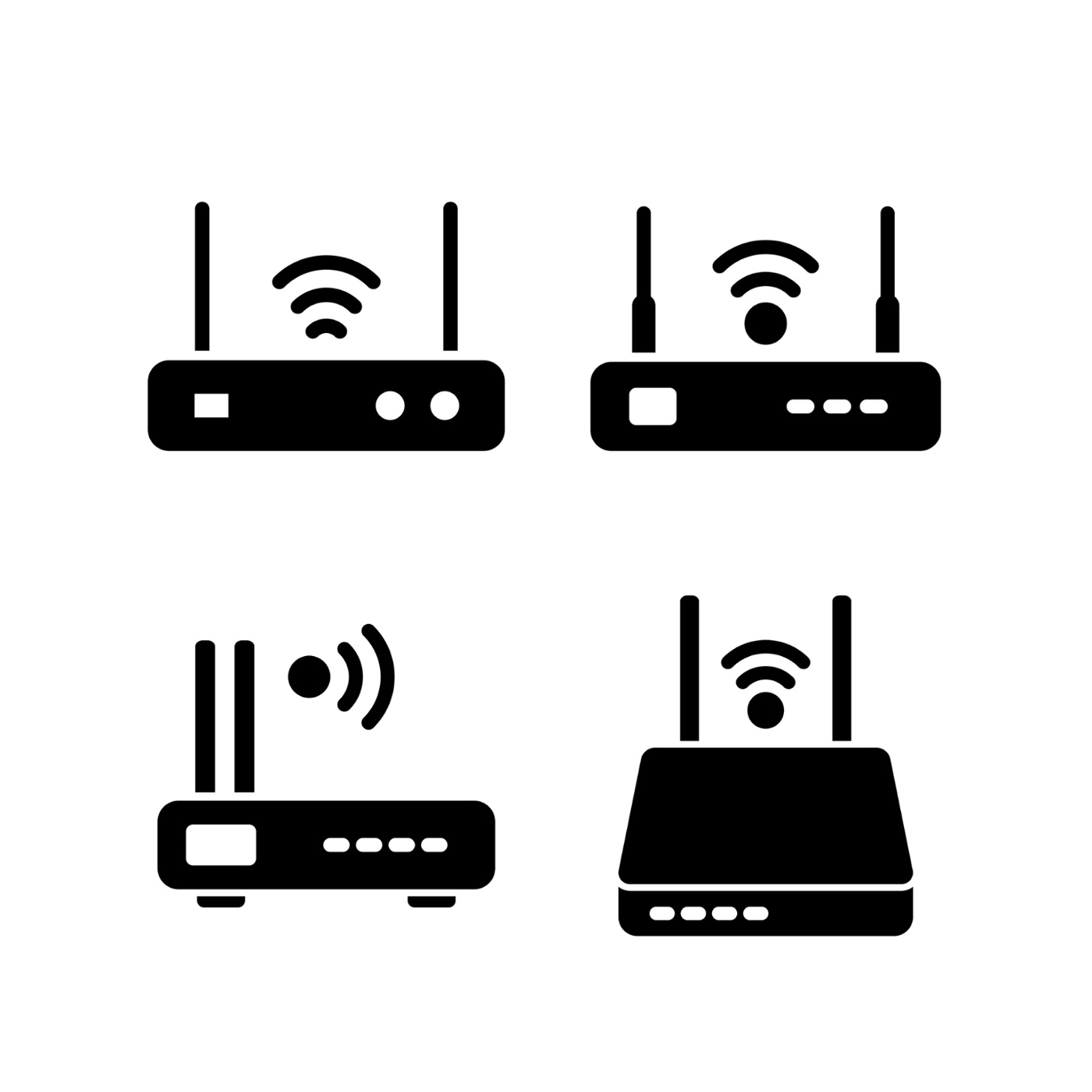How To Monitor IoT Devices Behind Router: The Ultimate Guide
Ever wondered what’s lurking behind your router? IoT devices are everywhere, and while they make life easier, they also bring security risks. Monitoring IoT devices behind your router is more important than ever if you want to keep your network safe and sound. Let’s dive into how you can protect your digital fortress.
Picture this: you’ve got smart lights, a smart thermostat, a security camera, and maybe even a voice assistant like Alexa or Google Home. These gadgets connect to your Wi-Fi, but do you really know what they’re up to? Are they sending data to unknown servers? Are they vulnerable to hackers? These questions aren’t just paranoia—they’re real concerns in today’s connected world.
This guide isn’t just another tech jargon-filled article. We’re here to break it down for you, step by step, so you can take control of your network and keep your IoT devices in check. By the end, you’ll be equipped with the knowledge to monitor, secure, and optimize your smart devices like a pro.
- Disturbing Death Of Nikki Catsouras A Cautionary Tale Of Reckless Driving
- Unveiling Paige Desorbos Family Wealth Insights And Details
Why Monitoring IoT Devices Behind Your Router Matters
IoT devices are like little spies in your house. They collect data, send it to the cloud, and sometimes, they’re not as secure as they should be. According to a recent study by Symantec, over 70% of IoT devices have at least one critical vulnerability. That’s a lot of weak points hackers can exploit.
Here’s the deal: when you connect a smart device to your router, it becomes part of your network. If one device gets compromised, the entire network could be at risk. Think about it—your smart fridge could be the gateway for someone to access your banking info or personal photos. Scary, right?
By monitoring these devices, you can:
- Air Astana Incident Engine Failure Raises Safety Concerns
- Kim Soo Hyuns Love Life Uncovering The Actors Romantic Journey
- Identify suspicious activity.
- Block unauthorized access.
- Ensure your network remains secure.
Understanding IoT Devices and Their Risks
Before we jump into the nitty-gritty of monitoring, let’s talk about what IoT devices actually are. IoT stands for Internet of Things, and it refers to any device that connects to the internet to share or collect data. This includes everything from smartwatches to industrial sensors.
While IoT devices offer convenience, they come with risks. Some of the biggest concerns include:
- Weak Passwords: Many IoT devices come with default passwords that users never change, making them easy targets for hackers.
- Firmware Vulnerabilities: Manufacturers don’t always release timely updates, leaving devices exposed to known exploits.
- Data Privacy Issues: Some devices send unencrypted data, which can be intercepted by bad actors.
These risks highlight the importance of keeping a close eye on your IoT ecosystem. It’s not just about convenience—it’s about safety.
How IoT Devices Work Behind the Router
When you connect an IoT device to your router, it gets an IP address and becomes part of your local network. From there, it communicates with other devices and the internet. But here’s the catch: most routers don’t have built-in tools to monitor these devices effectively.
For example, your smart doorbell might send footage to the cloud for storage, but how do you know it’s only communicating with the intended server? Without proper monitoring, you’re flying blind.
Tools and Techniques for Monitoring IoT Devices
Now that you understand the risks, let’s talk about how to monitor your IoT devices. There are several tools and techniques you can use to keep an eye on what’s happening behind your router.
1. Router-Based Solutions
Your router is the first line of defense. Many modern routers come with built-in features to monitor connected devices. For example, you can:
- View a list of all connected devices.
- Set up guest networks for IoT devices.
- Limit bandwidth usage for specific devices.
However, not all routers are created equal. If your router lacks advanced features, consider upgrading to a model that supports IoT monitoring.
2. Third-Party Monitoring Tools
Third-party tools can provide more granular control over your IoT devices. Some popular options include:
- Fing: A network scanner that lets you see all devices connected to your network.
- OpenWrt: A custom firmware for routers that offers advanced monitoring and security features.
- Pi-hole: A DNS-based ad-blocker that can also help monitor and block unwanted traffic.
These tools can give you deeper insights into your network activity and help you identify potential threats.
3. Network Traffic Analysis
Network traffic analysis involves monitoring the data flowing in and out of your network. This can be done using tools like Wireshark or tcpdump. While these tools require some technical expertise, they can provide detailed information about what your IoT devices are doing.
For example, you might discover that a device is communicating with an unfamiliar IP address or sending large amounts of data at odd hours. These could be signs of a compromised device.
Best Practices for Securing IoT Devices
Monitoring is just one piece of the puzzle. To truly secure your IoT devices, you need to follow best practices:
1. Change Default Passwords
One of the simplest yet most effective steps you can take is to change the default passwords on your IoT devices. Use strong, unique passwords for each device and avoid reusing passwords across multiple accounts.
2. Keep Firmware Updated
Manufacturers regularly release firmware updates to fix security vulnerabilities. Make sure you’re running the latest version of firmware on all your devices. If your device doesn’t update automatically, check for updates manually.
3. Use a Guest Network
Most routers allow you to set up a guest network. Use this feature to isolate your IoT devices from your main network. This way, even if one device gets compromised, the rest of your network remains secure.
4. Enable Two-Factor Authentication
Two-factor authentication (2FA) adds an extra layer of security to your accounts. Even if someone manages to guess your password, they won’t be able to access your account without the second factor, such as a code sent to your phone.
Common Mistakes to Avoid
Even the most tech-savvy users can make mistakes when it comes to IoT security. Here are some common pitfalls to watch out for:
- Ignoring Security Settings: Don’t just accept the default settings on your devices. Take the time to configure them properly.
- Overloading Your Network: Too many devices on a single network can slow things down and make monitoring more difficult.
- Forgetting to Monitor: Set up a routine to regularly check your network for suspicious activity.
Avoiding these mistakes can save you a lot of headaches in the long run.
Real-World Examples of IoT Security Breaches
IoT security breaches aren’t just theoretical—they happen all the time. Here are a few real-world examples:
1. The Mirai Botnet
In 2016, the Mirai botnet infected hundreds of thousands of IoT devices, using them to launch a massive DDoS attack on major websites. The attack disrupted services like Twitter, Reddit, and Netflix.
2. Smart Home Hacks
There have been numerous cases of hackers gaining access to smart home devices, such as cameras and door locks. In one instance, a hacker used a smart thermostat to hold a homeowner’s heating system hostage, demanding a ransom.
These examples highlight the importance of taking IoT security seriously.
Future Trends in IoT Security
As IoT continues to grow, so do the challenges of securing these devices. Here are a few trends to watch:
1. AI-Powered Monitoring
Artificial intelligence is being used to analyze network traffic and detect anomalies in real-time. This can help identify potential threats before they become serious problems.
2. Blockchain for IoT
Blockchain technology is being explored as a way to secure IoT devices. By decentralizing data storage and authentication, blockchain can reduce the risk of a single point of failure.
3. Government Regulations
Governments around the world are starting to take notice of IoT security risks. Expect to see more regulations in the future requiring manufacturers to meet certain security standards.
Conclusion: Take Control of Your IoT Ecosystem
In conclusion, monitoring IoT devices behind your router is crucial for maintaining a secure network. By understanding the risks, using the right tools, and following best practices, you can protect your smart devices and keep your data safe.
So, what are you waiting for? Start taking action today. Check your router settings, install monitoring tools, and educate yourself on the latest security trends. And don’t forget to share this article with your friends and family—spread the word about the importance of IoT security.
Got any questions or tips of your own? Drop a comment below and let’s keep the conversation going!
Table of Contents
- Why Monitoring IoT Devices Behind Your Router Matters
- Understanding IoT Devices and Their Risks
- Tools and Techniques for Monitoring IoT Devices
- Best Practices for Securing IoT Devices
- Common Mistakes to Avoid
- Real-World Examples of IoT Security Breaches
- Future Trends in IoT Security
- Conclusion: Take Control of Your IoT Ecosystem



Detail Author:
- Name : Miss Noemi Collier Sr.
- Username : aliya16
- Email : velma.cremin@rath.info
- Birthdate : 1978-09-07
- Address : 72322 Schaefer Motorway Suite 193 Juniorchester, WI 29959
- Phone : 860.540.4574
- Company : Prosacco-Wunsch
- Job : Umpire and Referee
- Bio : Voluptas ut ea fugiat sed labore possimus. Id omnis voluptates qui minima nisi beatae sed eum. Cupiditate ipsum commodi voluptas officiis optio dicta incidunt sed.
Socials
linkedin:
- url : https://linkedin.com/in/karina4228
- username : karina4228
- bio : Explicabo est magni laudantium ipsum molestiae.
- followers : 6789
- following : 2038
tiktok:
- url : https://tiktok.com/@karina_id
- username : karina_id
- bio : Aliquid veniam omnis odio minima rerum in nisi magnam.
- followers : 4809
- following : 1565